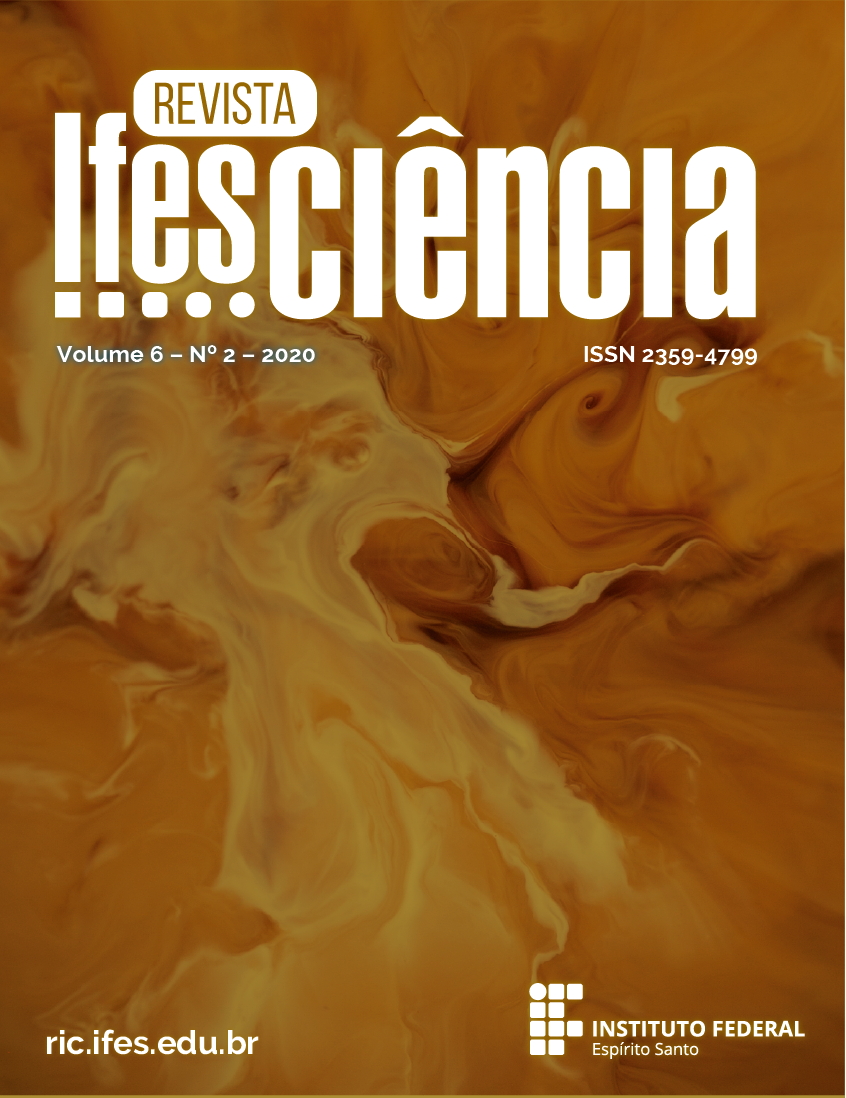COFFEE CULTIVATION IN THE QUILOMBOLA COMMUNITY OF MONTE ALEGRE, CACHOEIRO DE ITAPEMIRIM, ES
DOI:
https://doi.org/10.36524/ric.v6i2.569Keywords:
family farming; coffee; traditional communities; geoprocessing.Abstract
This work aimed to know the coffee cultivation practiced in the quilombola community of Monte Alegre, located in the rural area of the municipality of Cachoeiro de Itapemirim, south of the State of Espírito Santo, Brazil. The work was developed in two stages: field and office service. In the field service, was performed the survey of some characteristics of the land structure and the coffee cultivation practiced in the place. In the office service, aerial mapping of local coffee production was carried out using the Geographic Information System. It was found that the Monte Alegre quilombola community has a total area of 13.37 km² and is made up of 66 rural establishments. Coffee farming occupies 10.69% of the community area and is present in 22 establishments. The most cultivated variety is the “traditional” and the most widely used spacing is 2.5x1.6 m. Most of the coffee is grown in the conventional way, in the form of monoculture, conducted in full sun and in a family regime, with an average productivity of 27.77 bags/ha. The intercropped crops are in a minority, carried out mainly with sheep.
Downloads
Published
Issue
Section
License
Copyright (c) 2020 Revista Ifes Ciência

This work is licensed under a Creative Commons Attribution-NonCommercial-NoDerivatives 4.0 International License.
Autores que publicam nesta revista concordam com os seguintes termos:
- Autores mantém os direitos autorais e concedem à revista o direito de primeira publicação, com o trabalho simultaneamente licenciado sob a Licença Creative Commons Attribution que permite o compartilhamento do trabalho com reconhecimento da autoria e publicação inicial nesta revista.
b. Autores têm permissão e são estimulados a publicar e distribuir seu trabalho online (ex.: em repositórios institucionais ou na sua página pessoal) a qualquer ponto antes ou durante o processo editorial, já que isso pode gerar alterações produtivas, bem como aumentar o impacto e a citação do trabalho publicado (Veja O Efeito do Acesso Livre).



